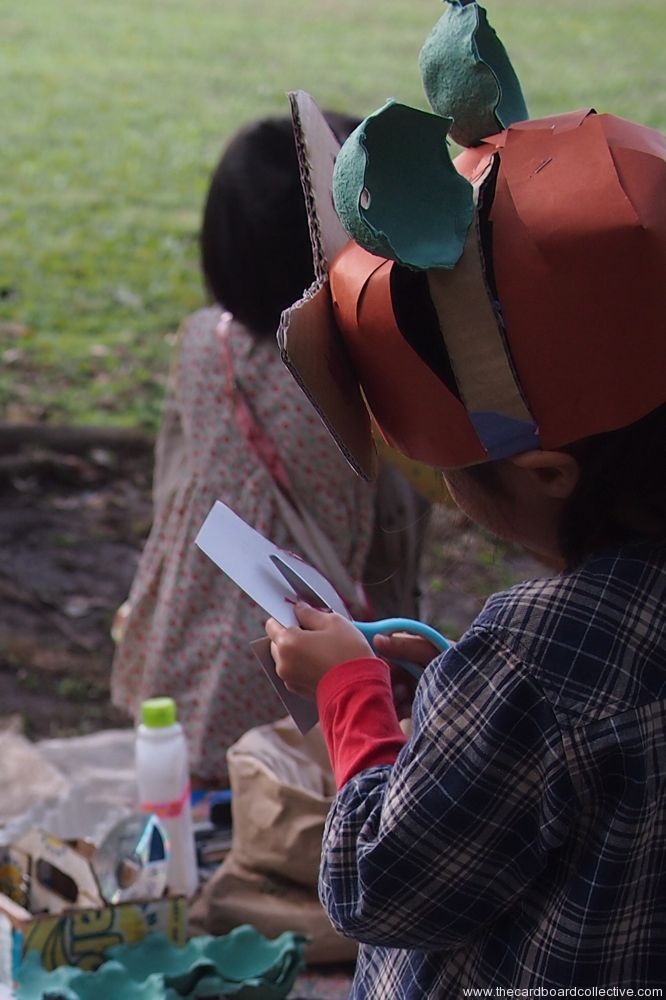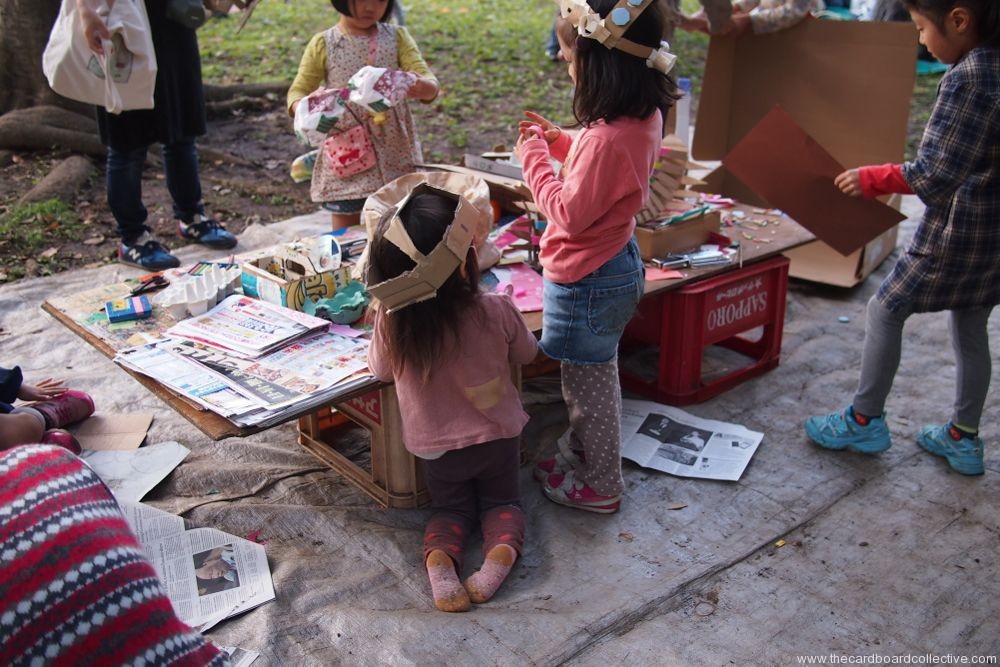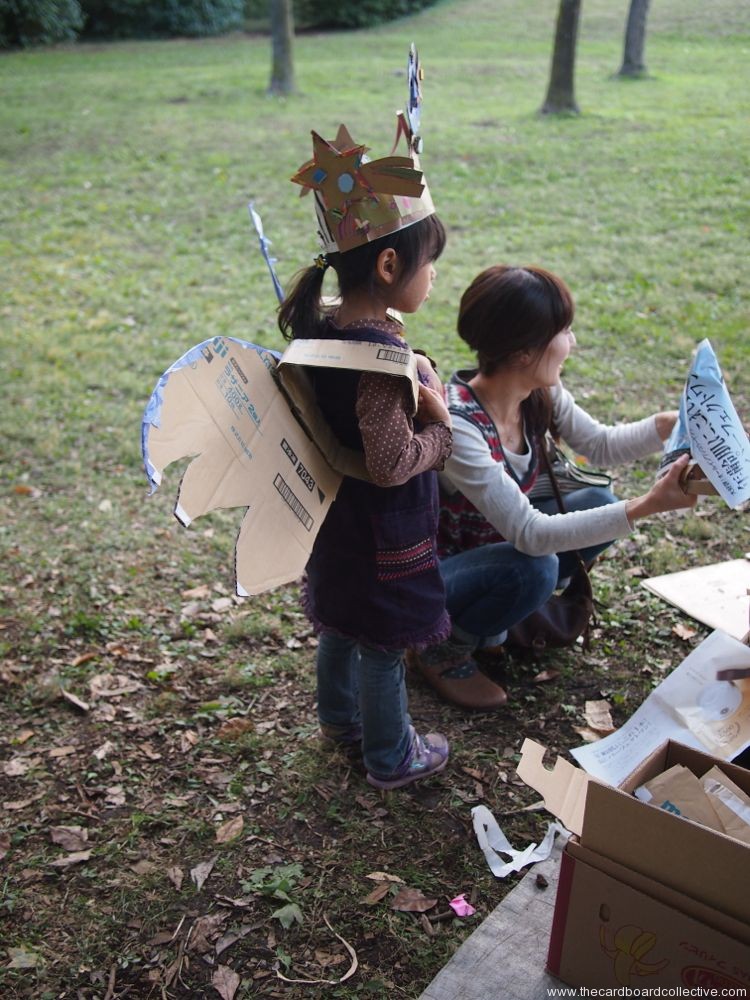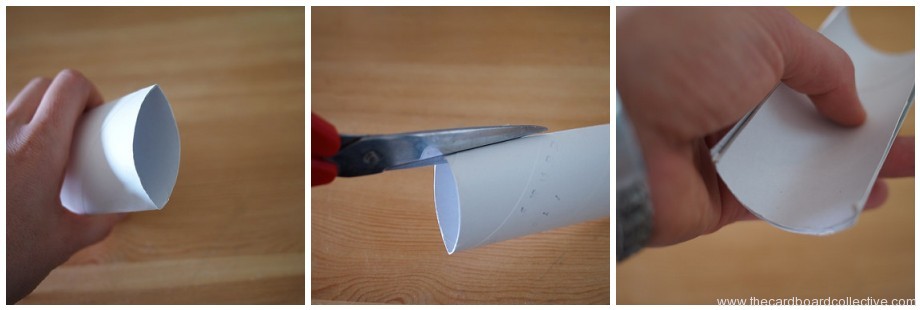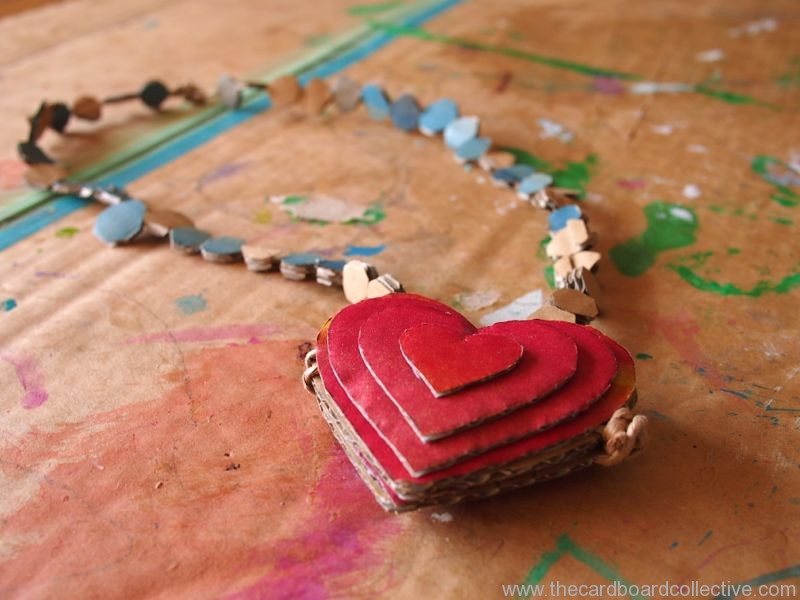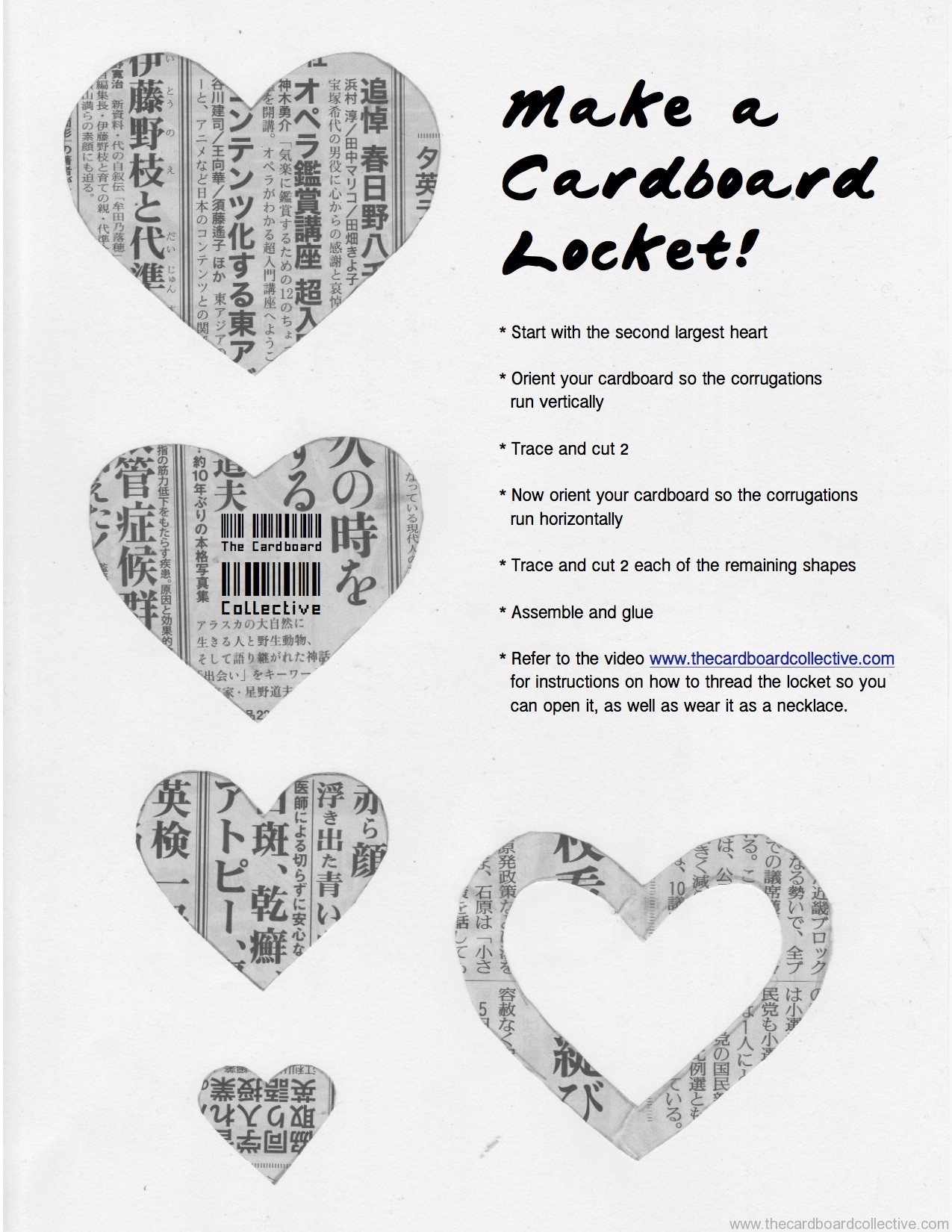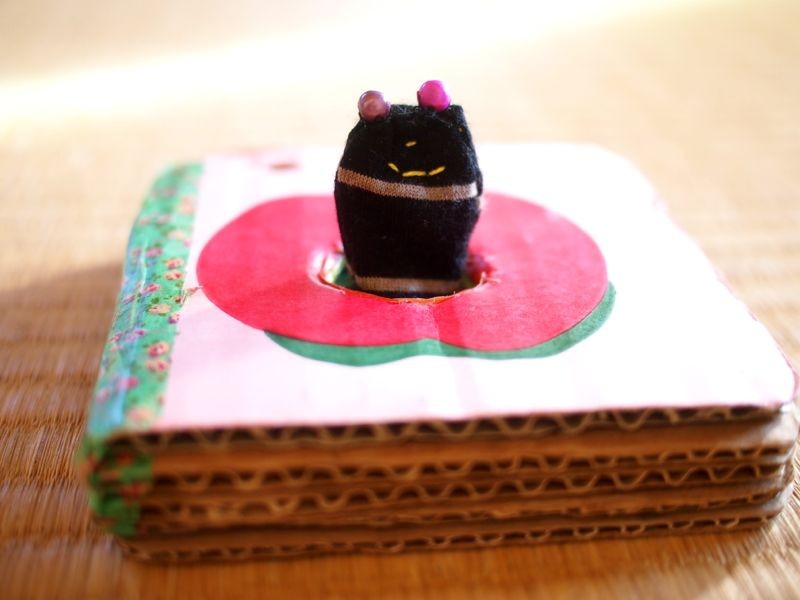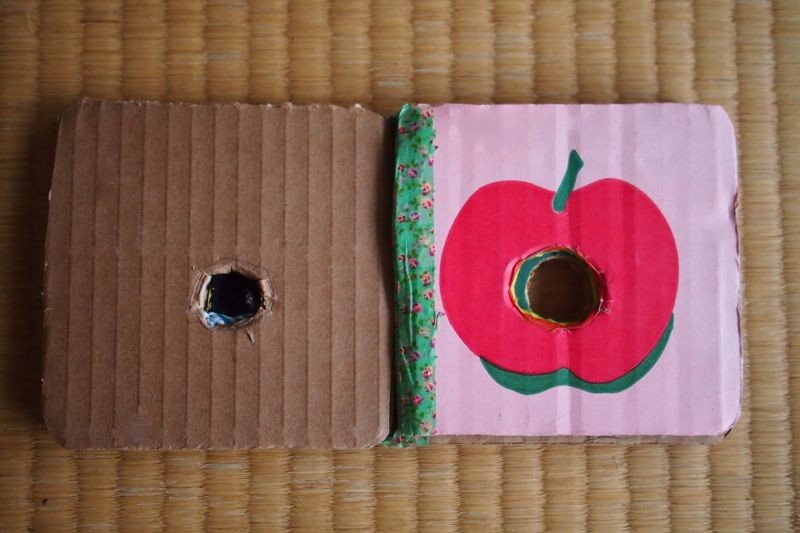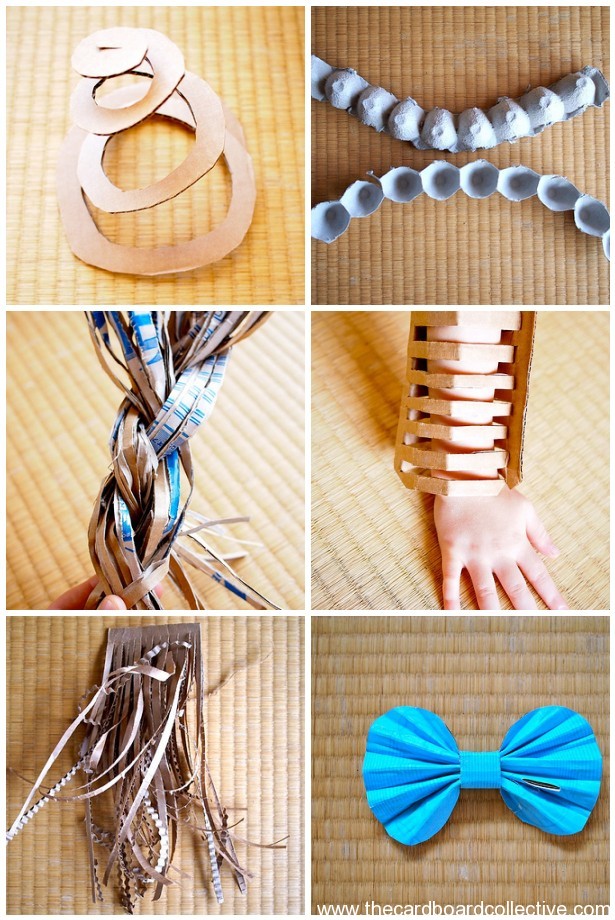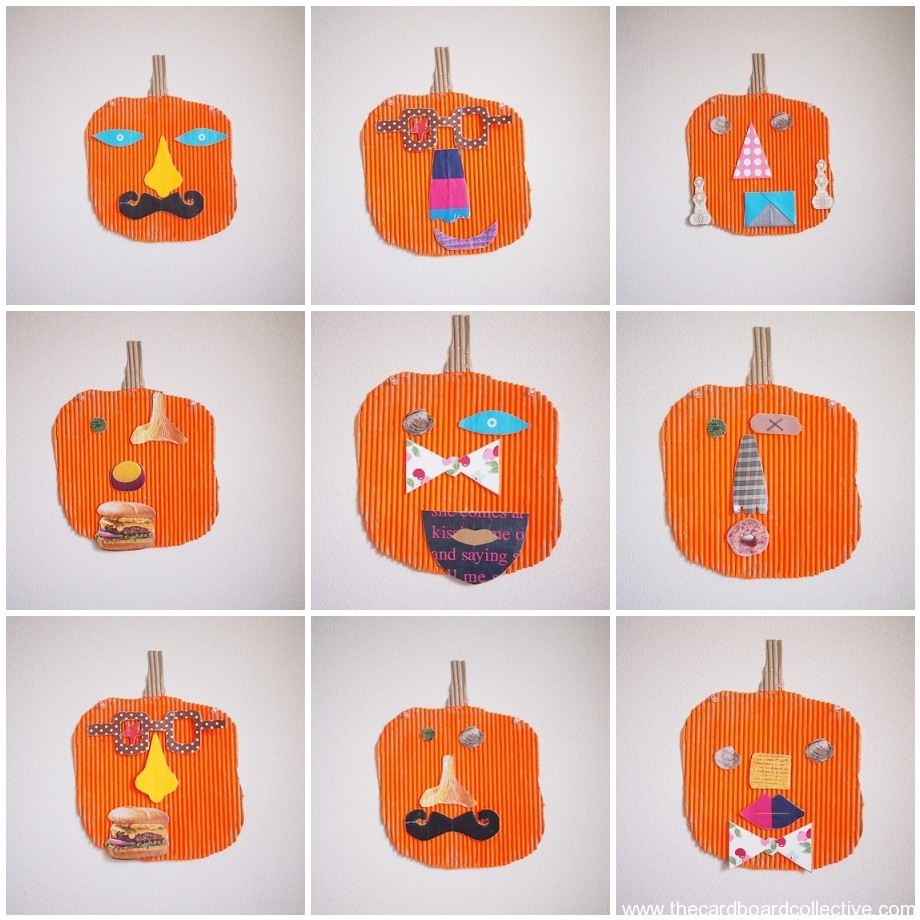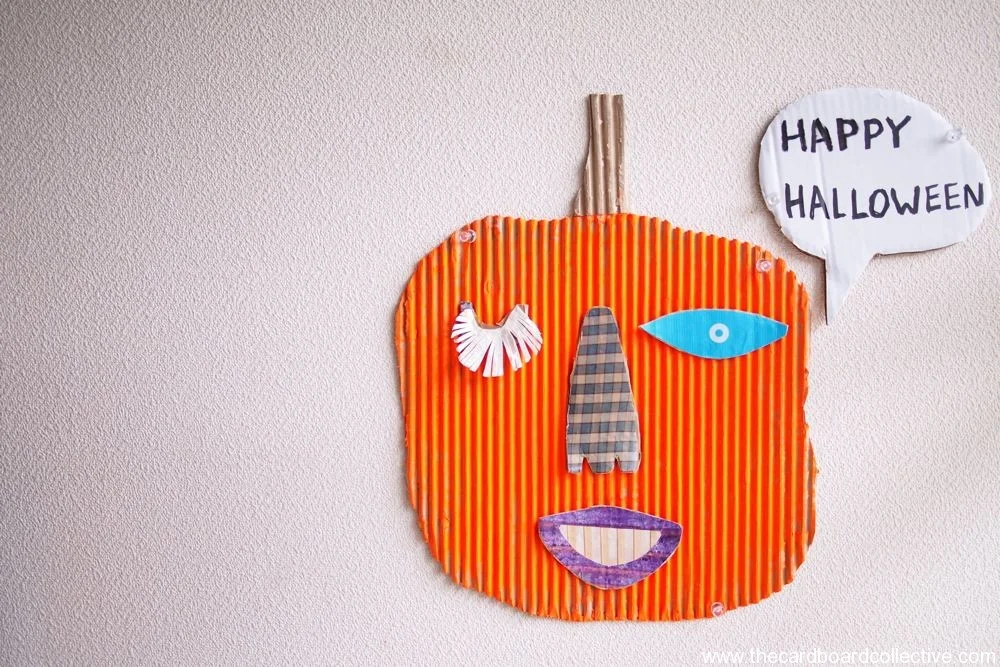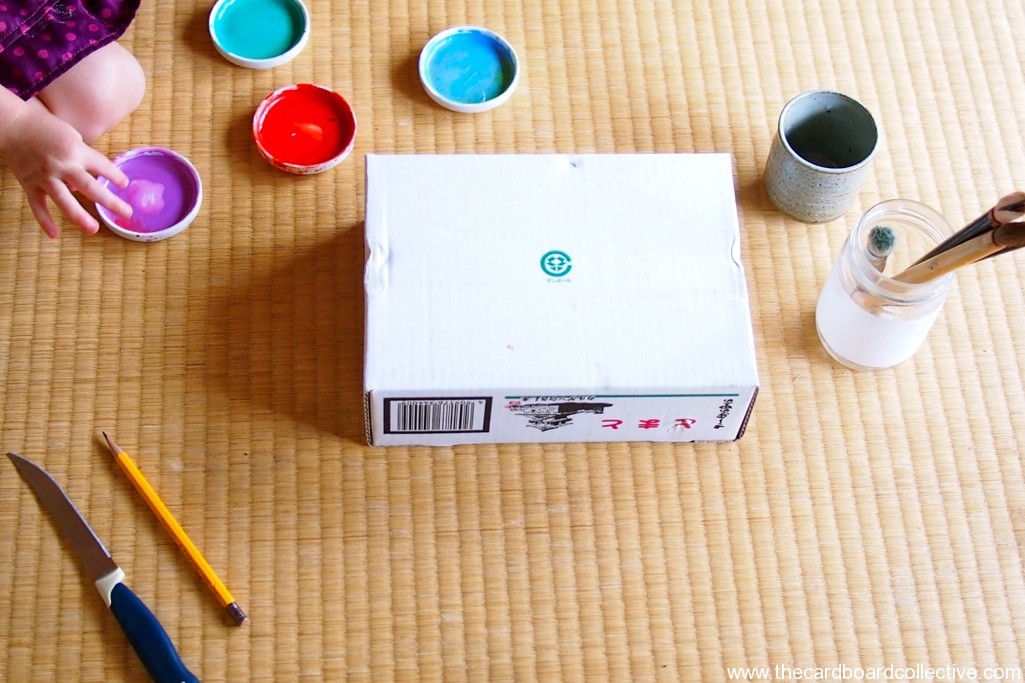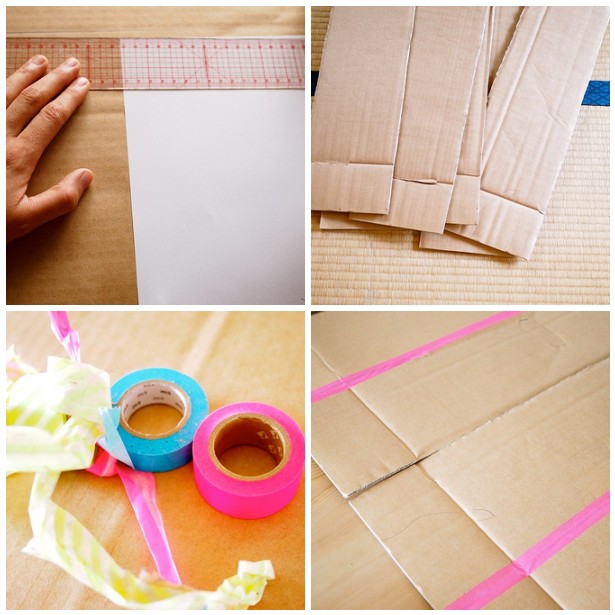 If you are anywhere around Michigan (USA) this week, don't go out and about with a pair of these on your head.
If you are anywhere around Michigan (USA) this week, don't go out and about with a pair of these on your head.

Like it or not, aunts, uncles, cousins and grandpas are out in their hunting blinds right now hoping to bring home some four-legged game of the white-tailed variety.
For those of use city dwellers who are not out hunting and are limited to interacting with wildlife like birds, dogs, cats, rats and the occasional tanuki, we'll be snug in our beds on a cold November morning.

If you'd like to make your own pair of cardboard antlers, it's ideal to use light weight cardboard that is plain brown on both sides. I first cut a paper pattern from newsprint, then traced onto my cardboard with pencil. Be sure to allow for enough length at the base of the antlers to fold up a small cardboard tripod. Adhered with a little masking tape at the back, the cardboard loop allows you to string a ribbon or head band through the antlers and easily secure them to your head to help them stay in place.
You can add more horns to your antlers by making a cut at the base of the horn piece and at the place where you will insert the horn on the antlers.

So whether you are celebrating a trophy buck, curling up with a copy of Imogene's Antlers, or dressing up as our favorite reindeer this Christmas, I hope you enjoy making these cardboard antlers. With the pattern, I'm sure you could assemble this project in 10 minutes or less; less time than it would take you to go to the store and buy something similar and no extra burden on the planet when you pop them into the recycling box at the end of the season.


